With the Fat Bob’s mods finished, what better venue to hold his farewell do than at Sydney International Dragway
All good things must come to an end. After almost six months with Harley’s Fat Bob 114 (affectionately known as Bob) it’s time for the cruiser to head home. I’m sad to see Bob leave AMCN’s long-term garage; we’ve had many adventures together and along the way I’ve had the pleasure of seeing it transform from a stocker into a Screamin’ Eagle-enhanced muscle machine.
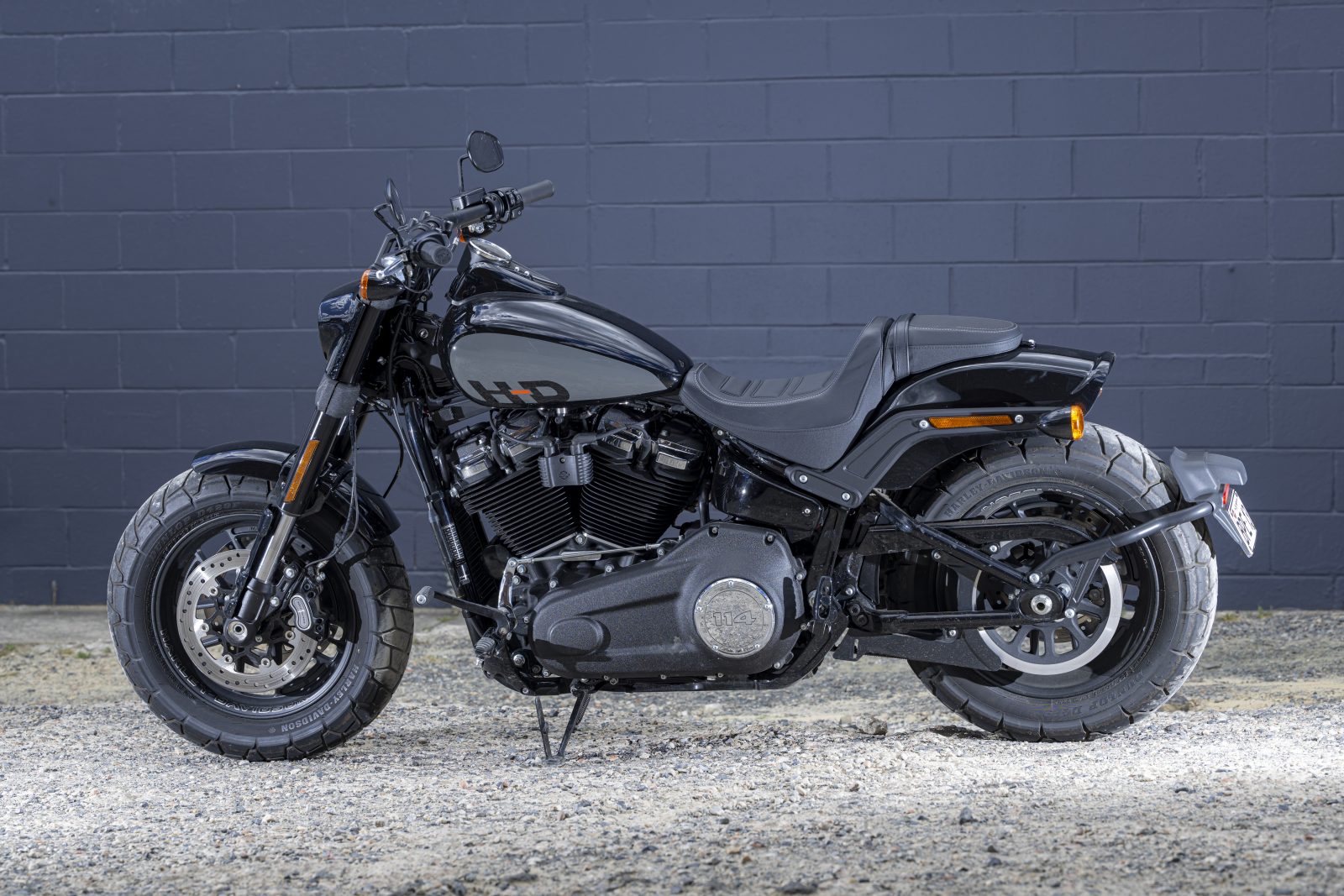
We’ve put the Fat Bob through the full gamut of riding experiences in that time: commuting, trips away, Saturday night cruises, and running down the quarter mile at Sydney Dragway. And he has proven to be a fun, surprisingly comfortable and hugely reliable bike.
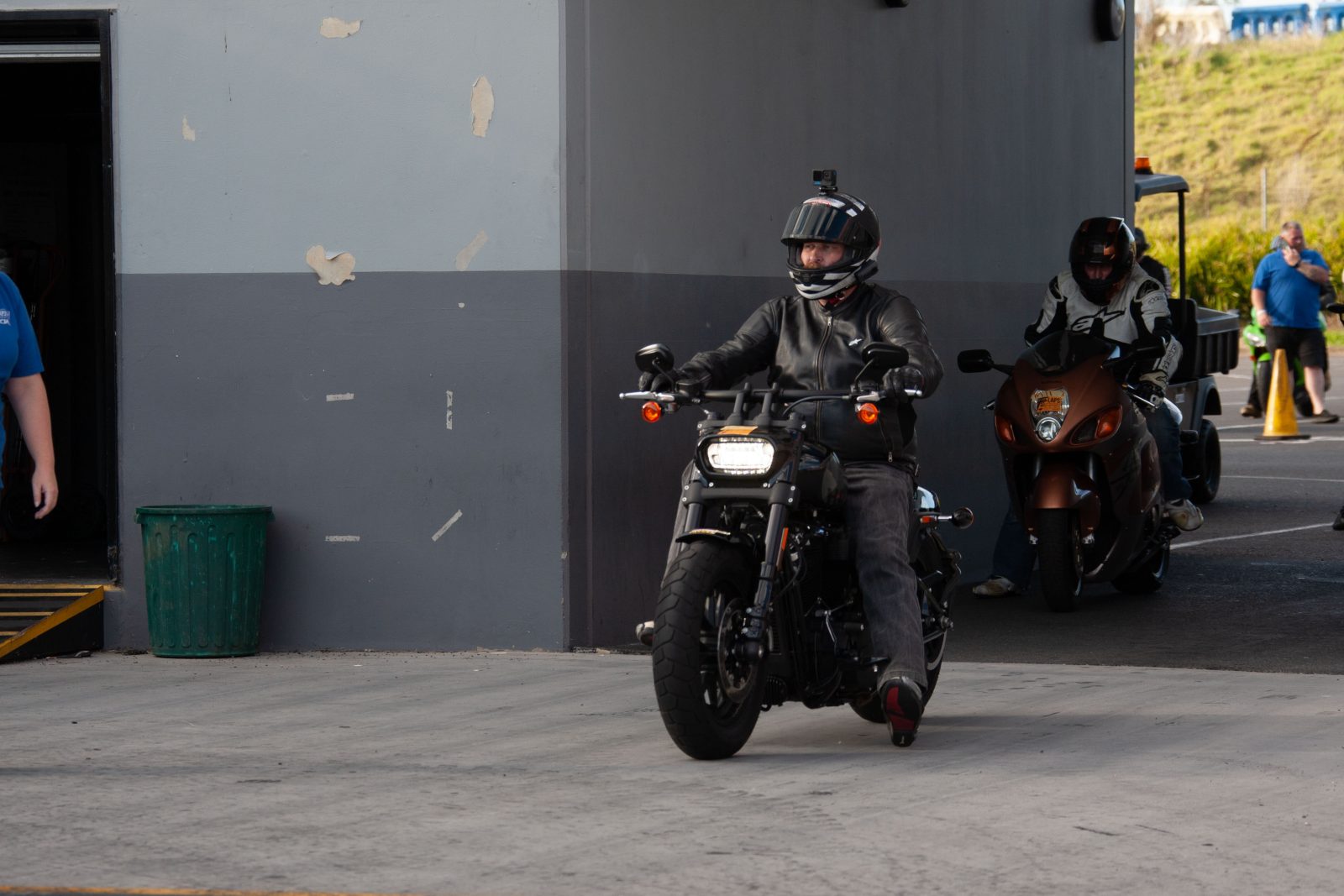
The Fat Bob has always been a favourite of mine with its unique looks, decent handling (as far as Harleys go) and reasonable stopping prowess, which is important when you’re trying to haul up its claimed 306kg carriage. Sure, you have to deal with the usual case of a Harley trying to grind its footpegs into oblivion, but Bob is better than many Harleys in this regard, too.
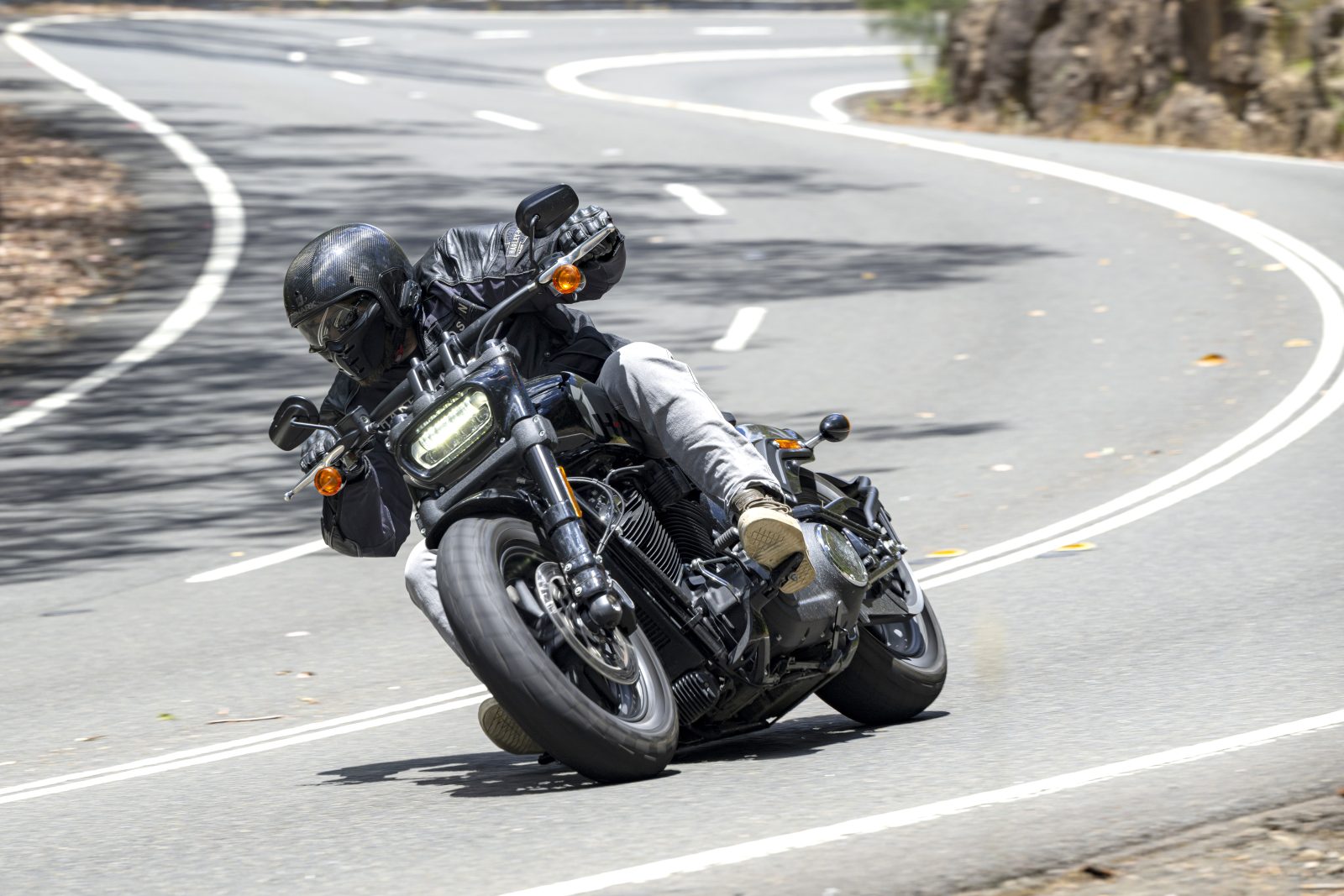
Yes, Bob can go around a corner reasonably well, and yes it stops better than most H-D cruisers, but that’s not actually Bob’s drawcard. The Fat Bob is a power cruiser – all mumbo, wheelspin and noise and that’s what I’ll miss most about Bob. The 114ci (1868cc) Milwaukee-Eight engine is a cracking donk with a claimed 71kW (95hp) on tap and 160Nm of torque on board ready to fry the rear tyre at a moment’s notice.

There is very little I don’t like about the Fat Bob but there is one thing: the tank-mounted dash. To be fair, it’s not a dislike just confined to Bob and I know it’s a bit of a tradition, but in this day and age of hidden speed cameras and sneaky cops, having to take your eyes well off the road to look down at the four-inch gauge is as annoying as it is dangerous. There’s a number of rigs in the Harley-Davidson range running ’bar-clamp mounted instruments and I reckon it’s time all Harleys moved to that set up.

There’s absolutely nothing wrong with the Fat Bob’s 160Nm in stock form – but nor is there anything wrong with wanting more grunt. Like any red-blooded dude or dudette, we went straight to the engine section of the Screamin’ Eagle catalogue and chose a Stage II kit that consisted of a two-into-one Screamin’ Eagle exhaust system, a cam kit with adjustable pushrods, and a tuner to eke the best out of the mods we selected.

Unfortunately, Harley wouldn’t hand us any dyno sheets after the parts were fitted at H-D HQ, so we can’t provide the hard evidence of exactly what you’ll get out of these mods. All I can say is that the performance gains were easily noticeable in seat-of-the-pants testing.

Although the mods we made were mostly positive, they did throw up a couple of points to consider. Firstly, the standard Dunlop D429 rubber; apart from the fact that they look like dual-sport tyres, the rear doesn’t provide enough grip to keep the angrier engine engaged with the road, so wheelspin is a frequent occurrence. This is fun to be sure, but you’ll go through rear tyres at a rapid rate and, on a bike with no traction control, riding in the wet is a delicate operation.

The second issue was one that only showed itself in certain circumstances and they are probably outside what many Fat Bob owners will ever encounter. I mentioned the problem of constant false neutrals between second and third gear when I ran stock Bob up the quarter-mile the first time (AMCN Vol 72 No 15) and that problem was exacerbated by the increase in performance. The issue is caused by flex in the gear selector shaft and, with the third gear cog being at the end of the shaft, it suffers from the most flex. The problem only happens if you’re on the gas hard and change without the clutch and, when I did use the clutch, Bob never slipped into a false neutral.

The moral of the story is just always use the clutch for gear changes, but if you’re thinking of going to town on the Milwaukee-Eight looking into solutions to the problem should be on your radar. Happily, it’s a known issue and there are aftermarket options out there if you’re planning on tuning a fire-breathing Fat Bob.

And the third thing on my list of considerations if you’re thinking of whacking a Stage II kit on is whether it represents good bang for buck. The mods performed to Bob cost just over $4500, and for that we got a bike that certainly sounded a hell of a lot better, definitely had more grunt and shaved about half a second off Bob’s best quarter-mile time. There are other avenues to the same results with aftermarket providers, but they may void the factory warranty. Because of Screamin’ Eagle’s affiliation with the Motor Company, the Screamin’ Eagle kit does not.
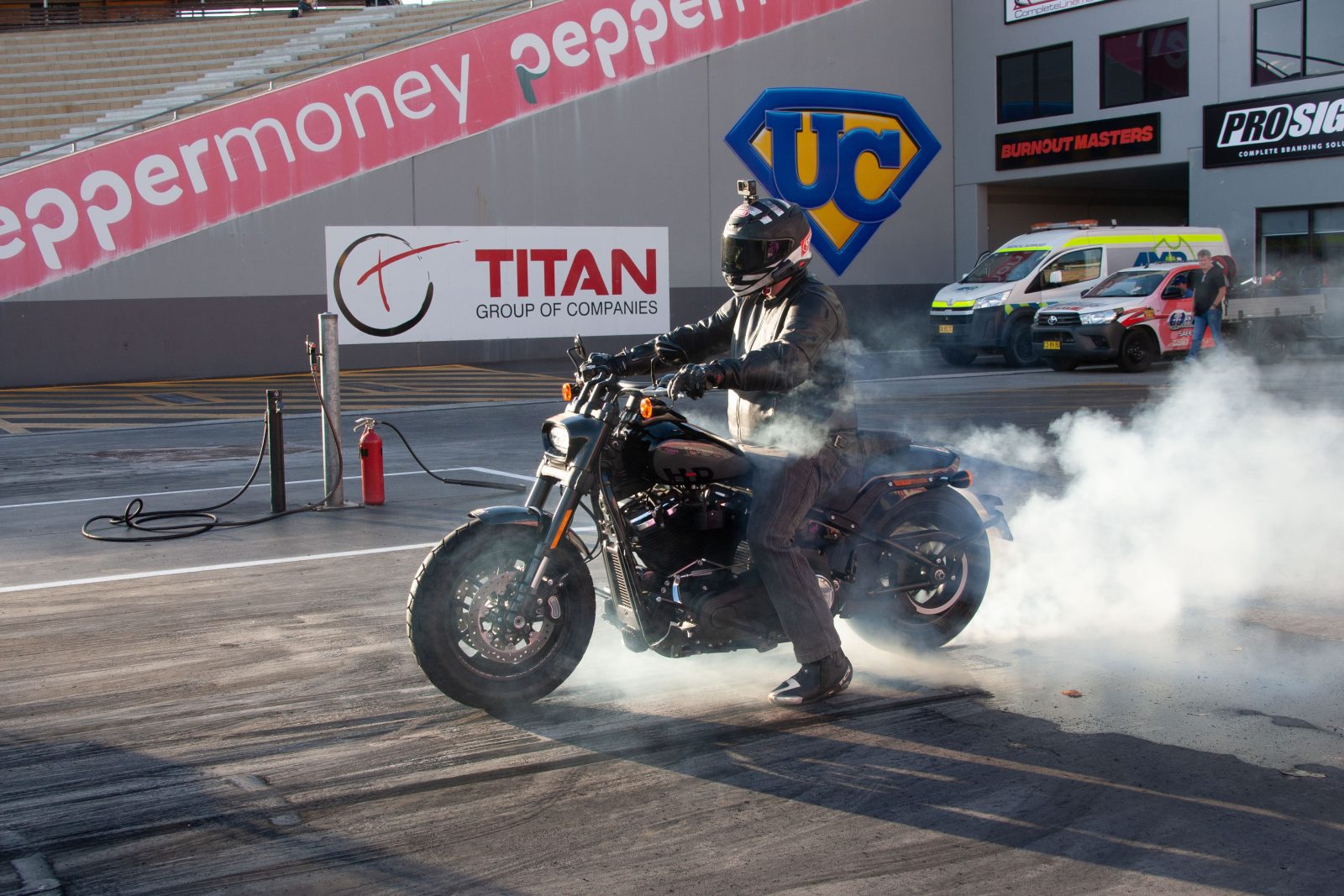
So, is it worth the $4500? For many, I could see that it would be. The Screamin’ Eagle kit offers reliability, there’s plenty of in-house know-how, and your warranty stays intact. But if it was my money on the line, I’m not entirely convinced the performance increase is great enough to justify the cash. I’d probably just fit an exhaust system for better sound and wait until I could afford to go bigger and better (like the 121ci mill we sprung in the works, and Harley just unveiled!).

But really, the considerations I point out aren’t even valid if you aren’t thinking of massaging the Fat Bob’s engine and as a standard bike there’s very, very little to whinge about. Yes, the Fat Bob is a power cruiser, but it’s comfortable enough to rack up the miles. Yes, it gets from point to point with all the anger a power cruiser should have, but it also steers and stops better than just about any Harley in the cruiser range – and I’ve ridden them all over the journey.

So between all of that and its unique looks, I’d go so far as to say it’s the pick of the Harley cruisers. Bye, Bob, I’m going to miss you.
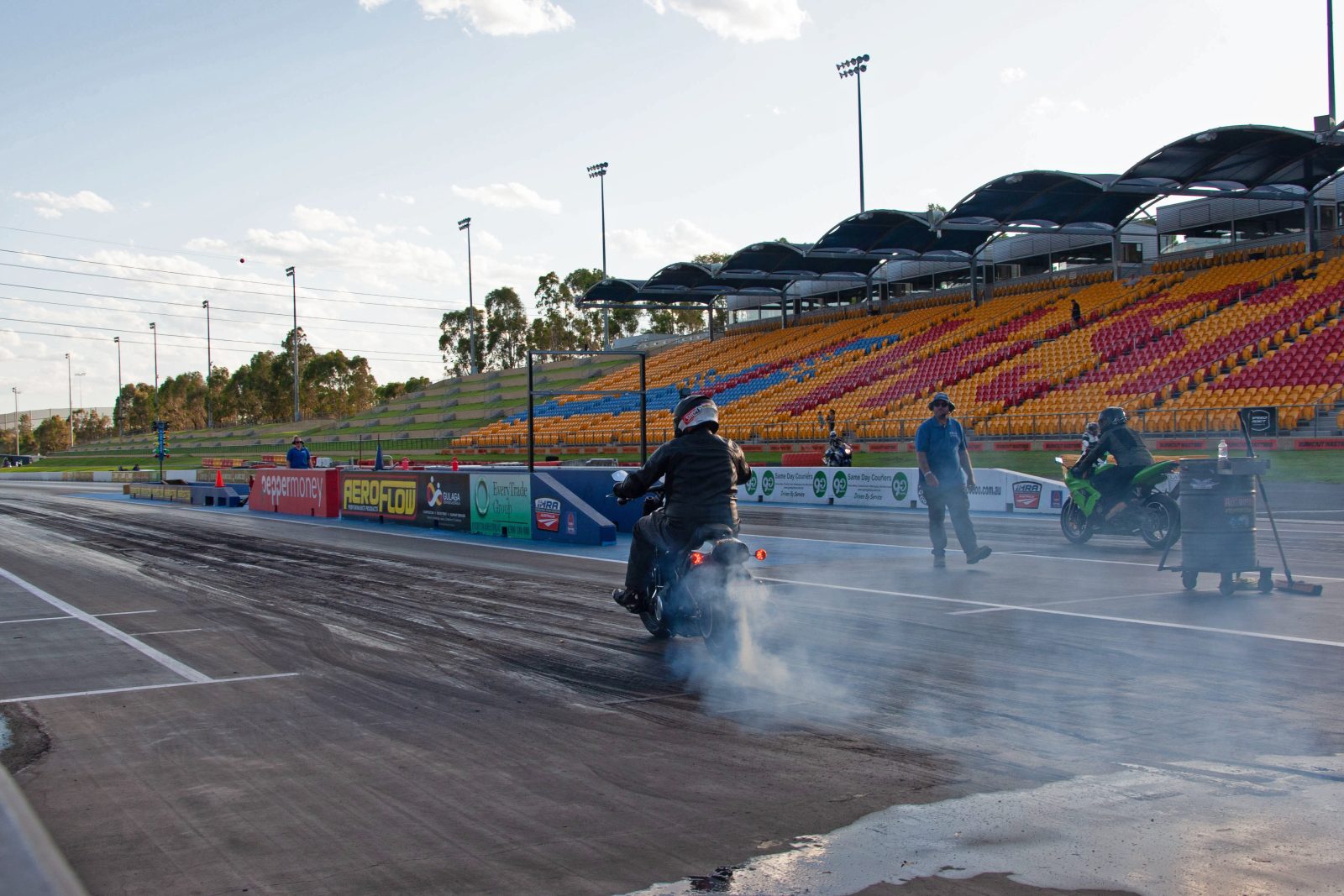
TEST: PETE VORST PHOTOGRAPHY ANGELA WILLIAMS